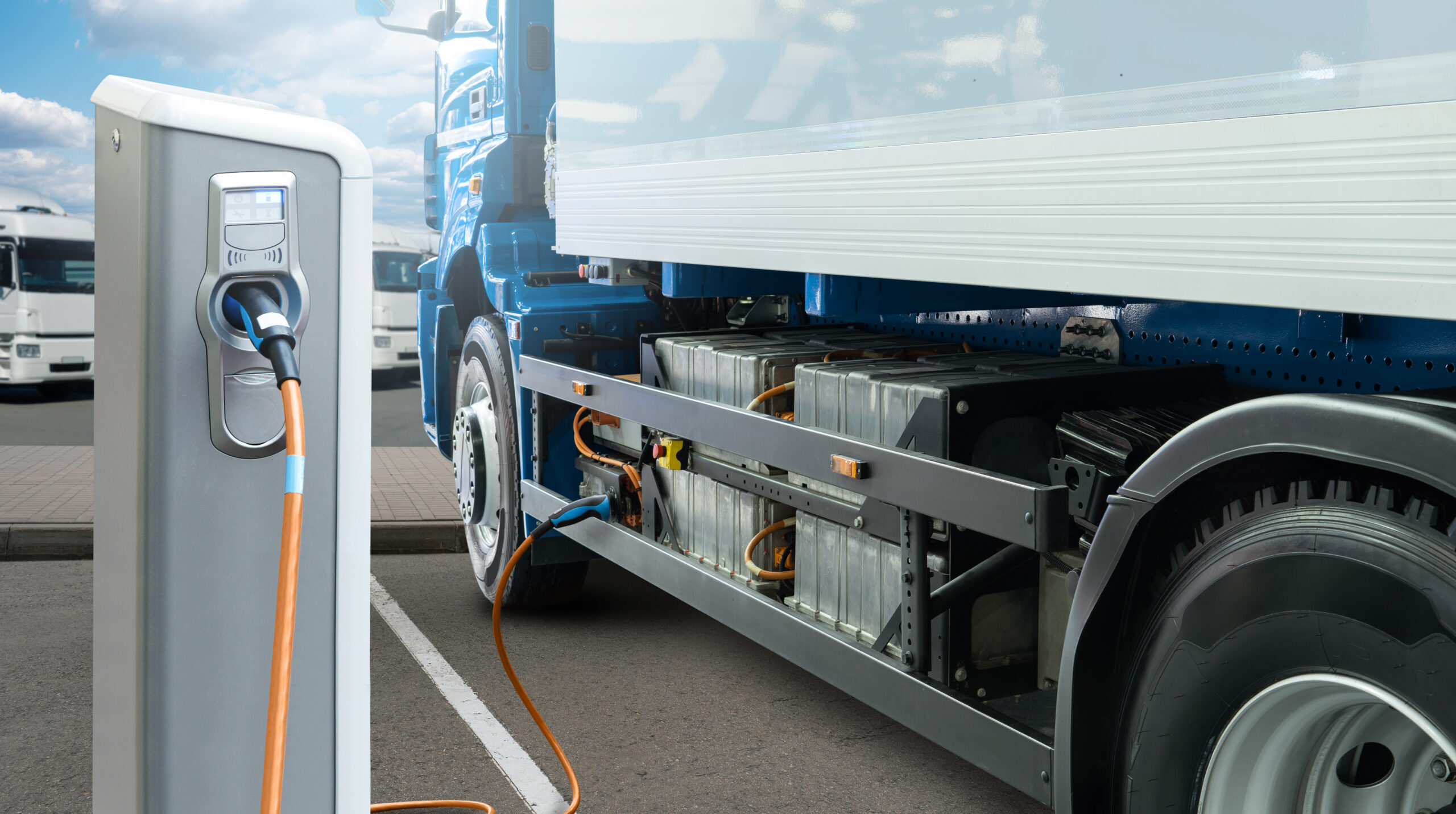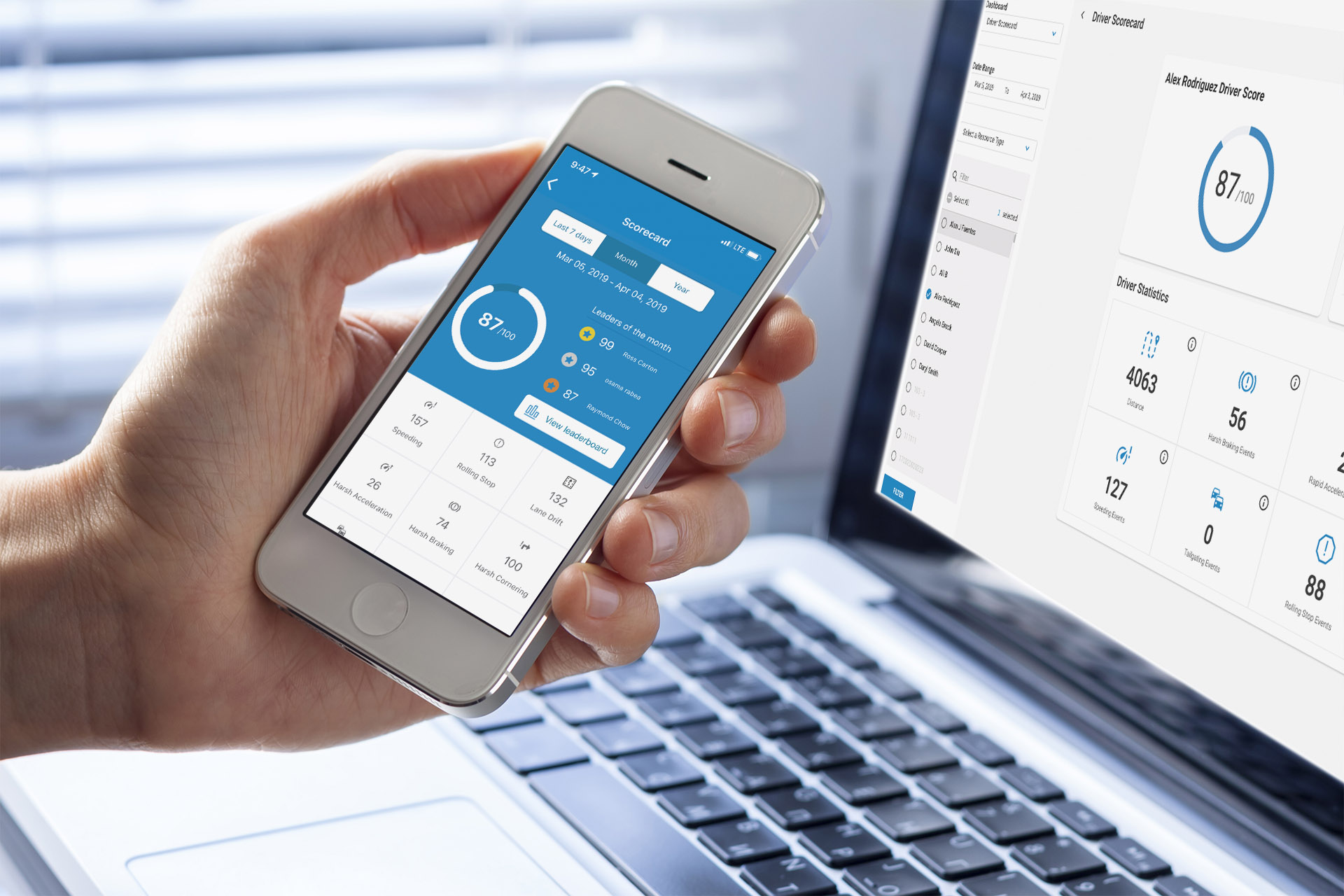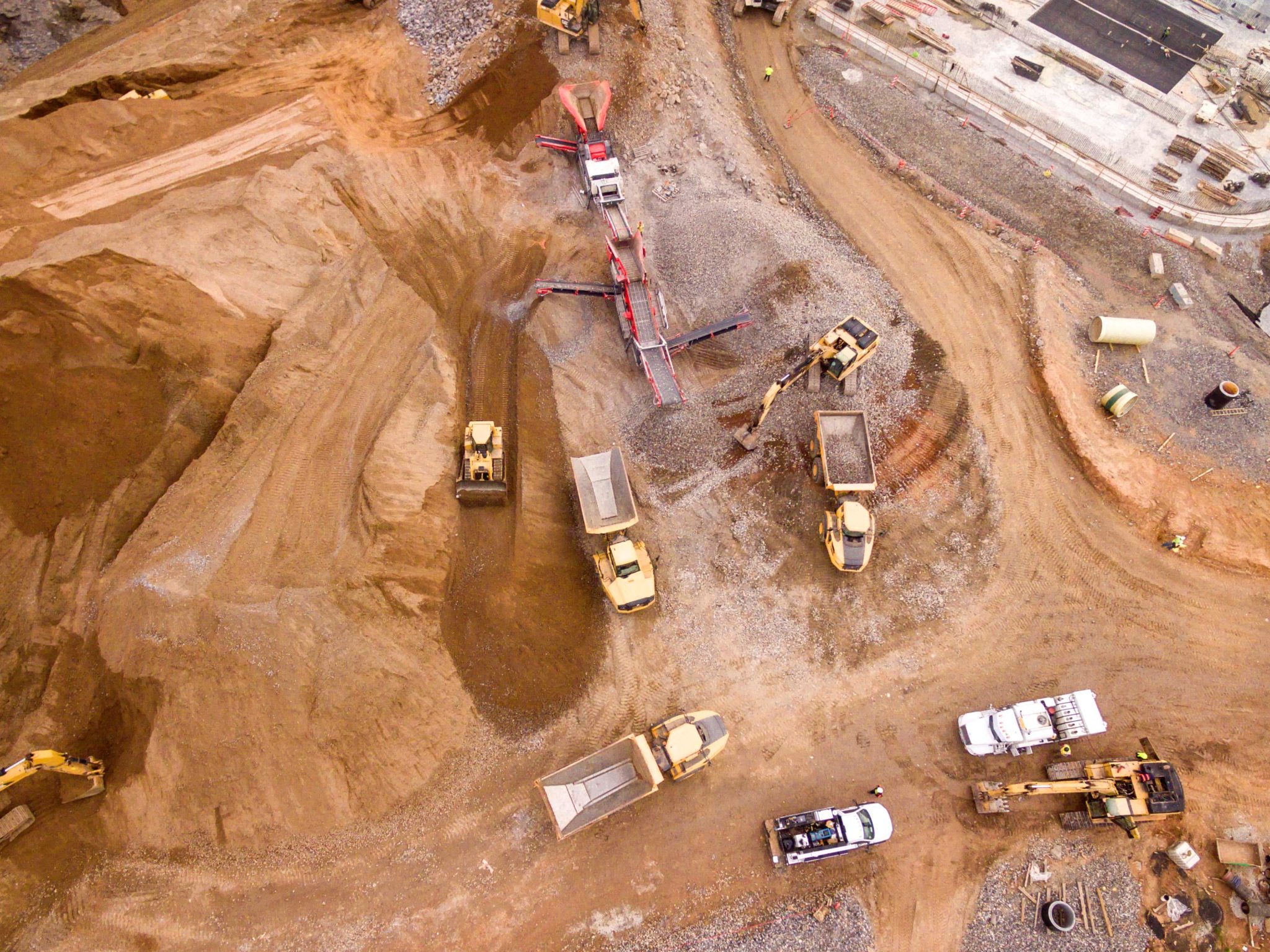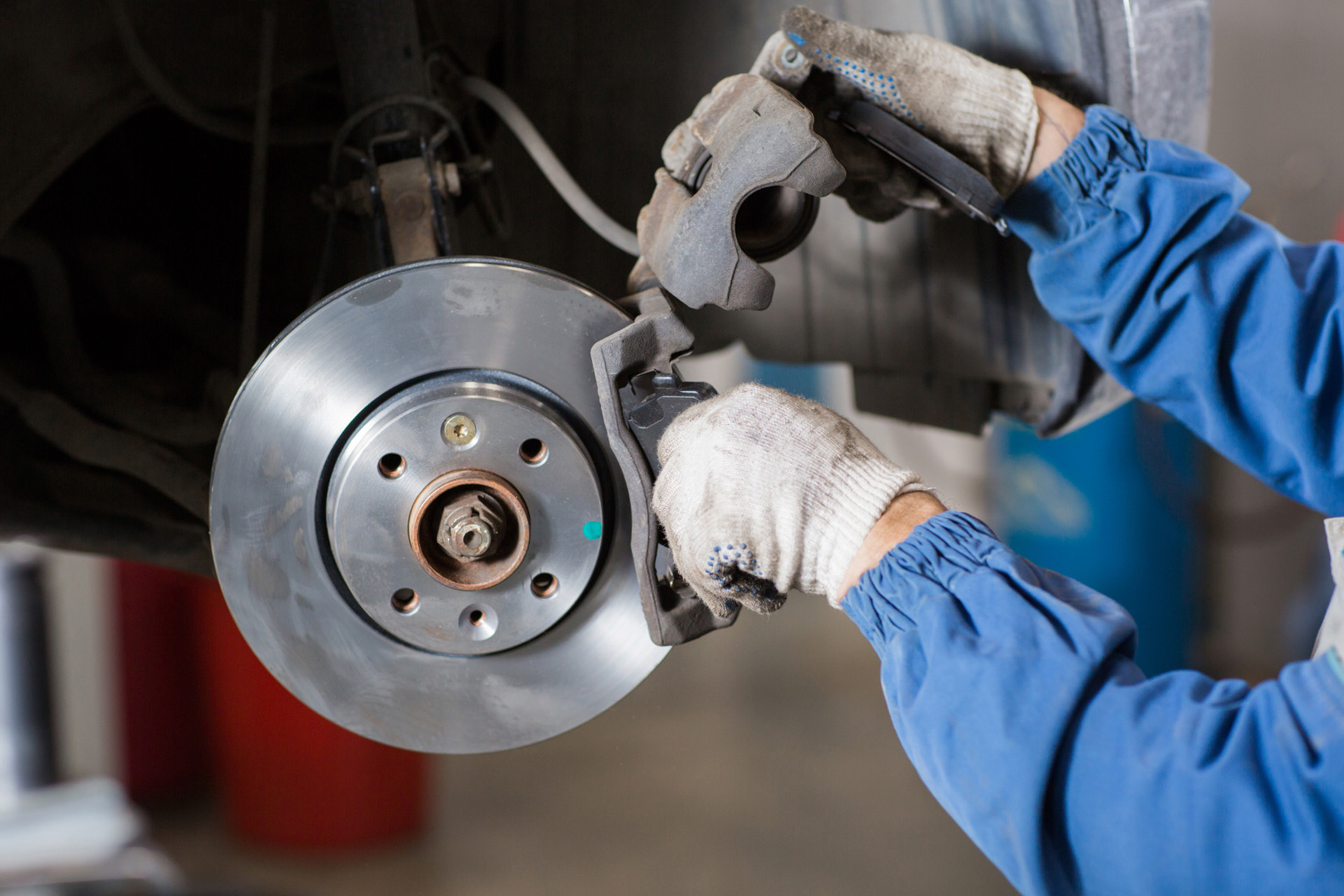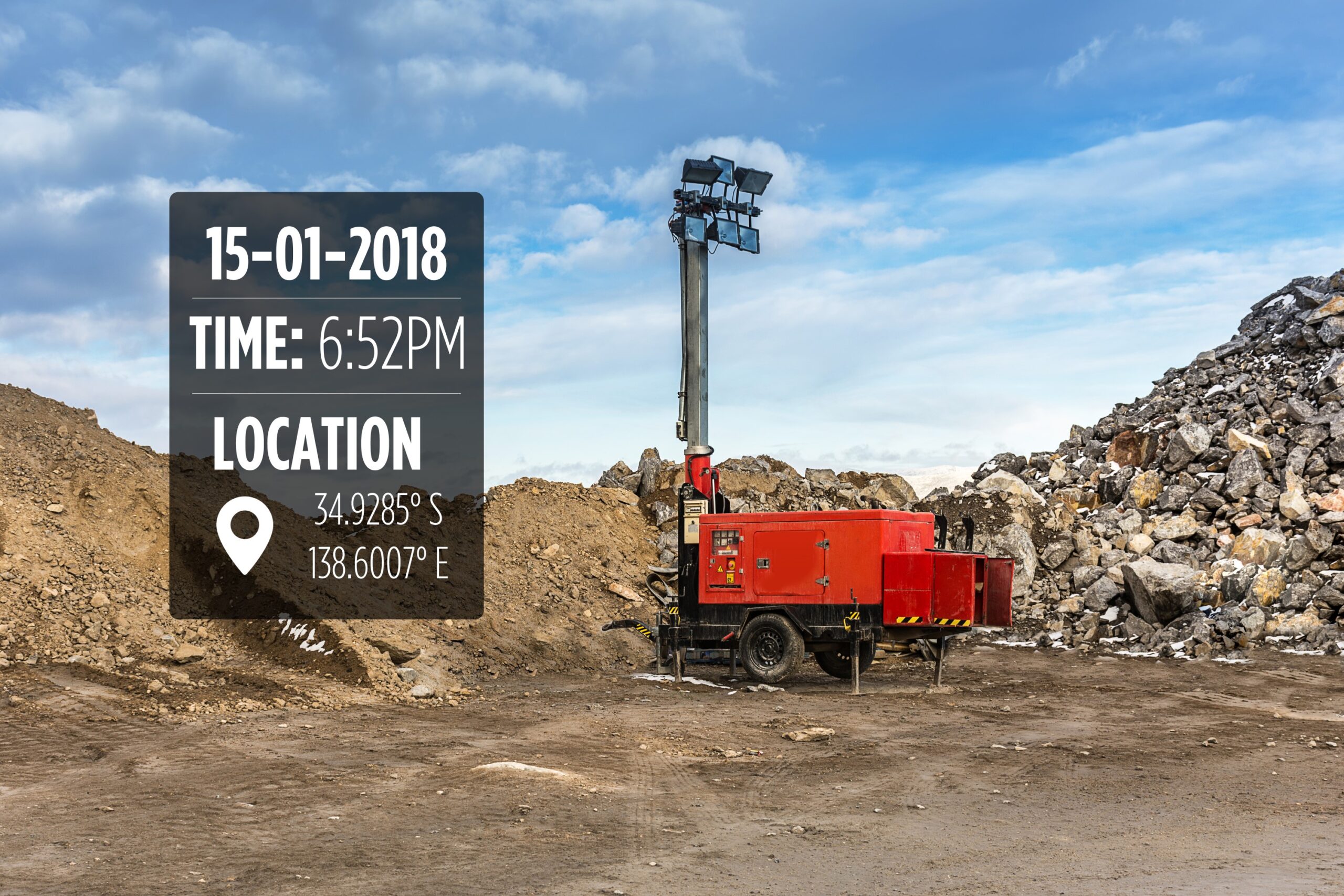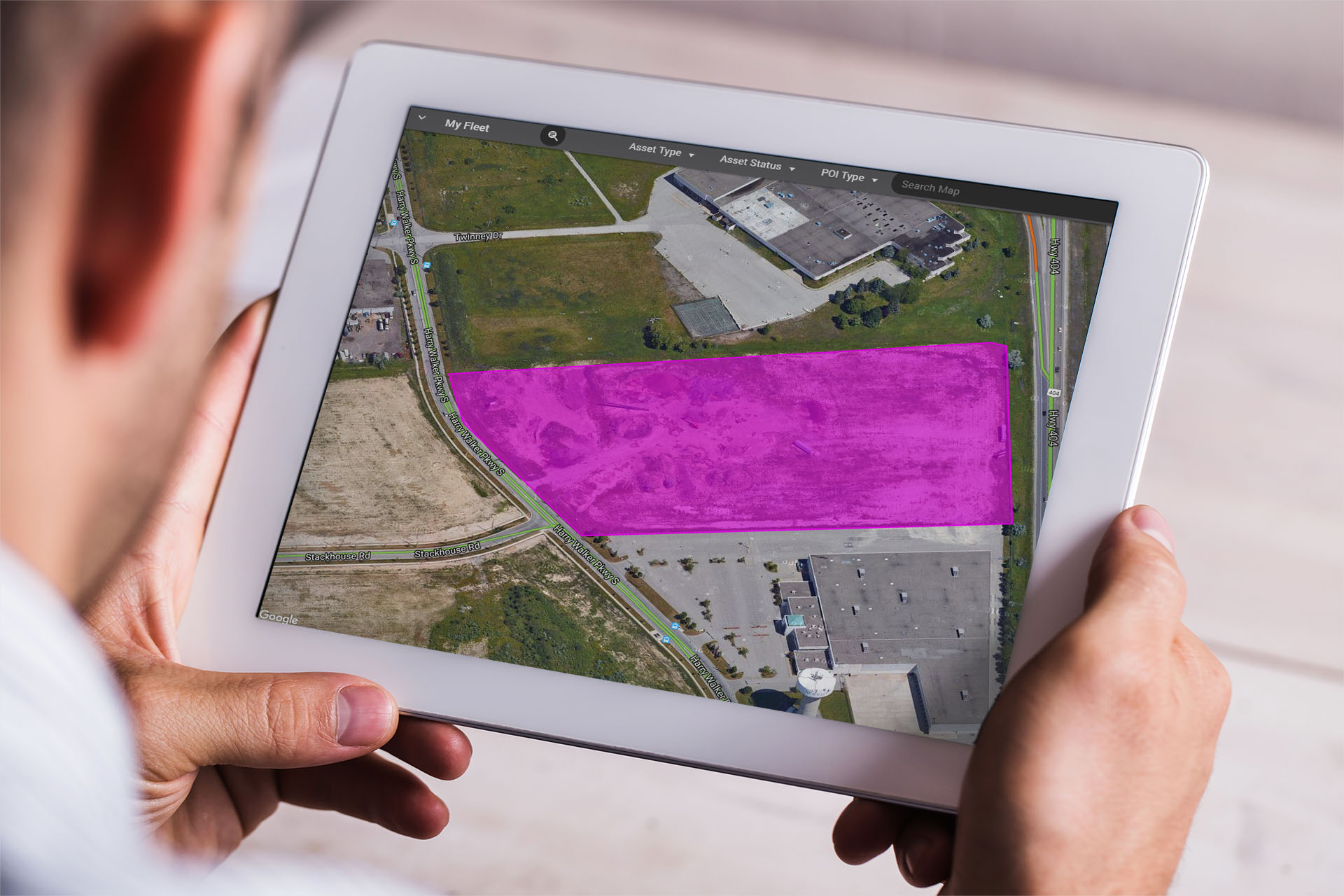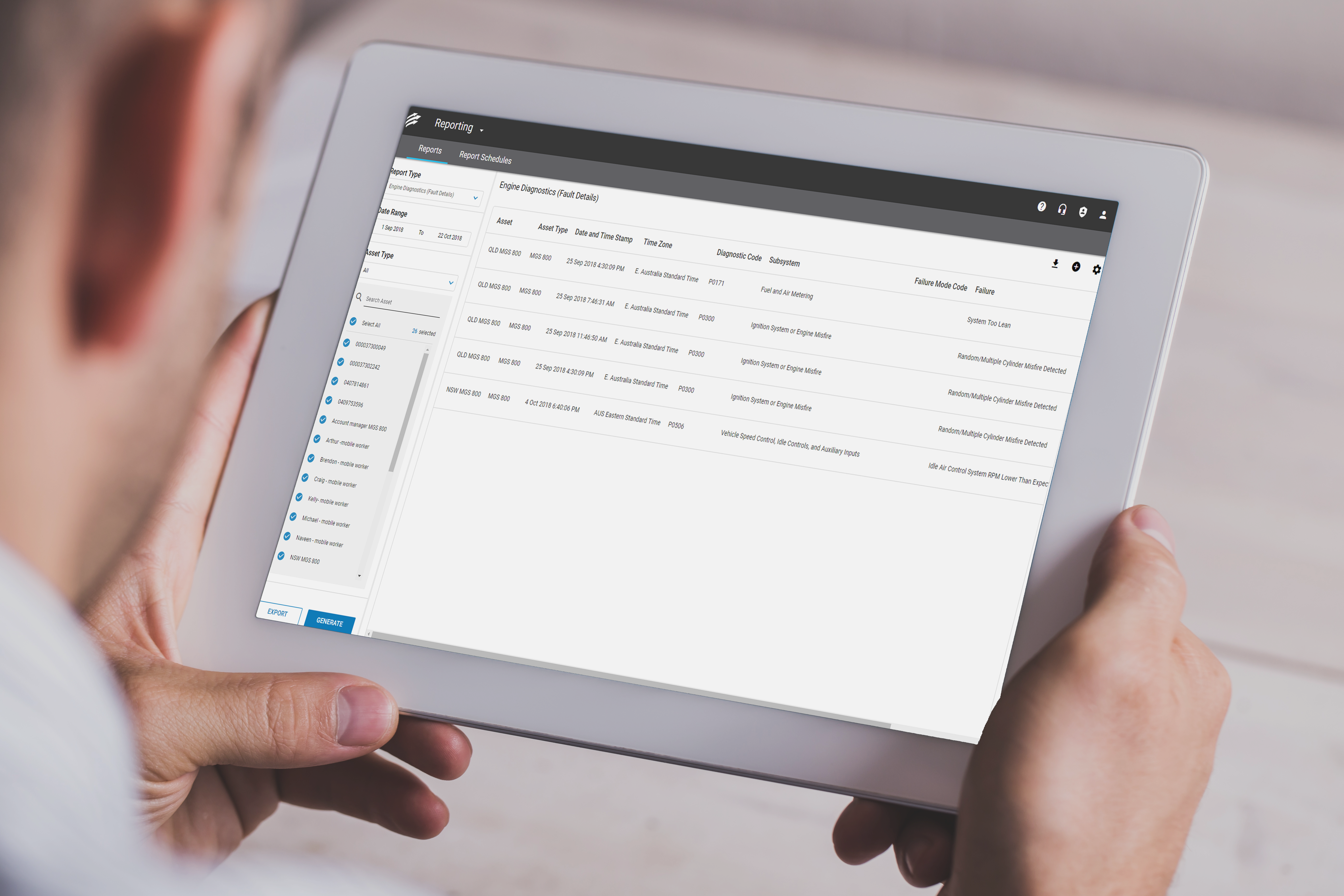Preventative fleet maintenance saves you big money. A well-maintained vehicle burns less fuel, breaks down less often, and helps lower your operating cost. Taking a proactive approach also means you can stop problems in their tracks before they snowball into safety hazards. 
Of course, as with many things in business, this is much easier said than done. Good intentions don’t always translate into effective action. Human error, haphazard expansion, and poor driver training can all take their toll on the general health of your fleet—and when the condition of your vehicles suffers, so does your bottom line. So, what can you do to keep your fleet in tip-top condition?
1. Create a Fleet Inspector Role
A well-defined inspection schedule is the first step to maintaining a healthy fleet. Preventive maintenance like oil changes, tire changes, and engine cleaning must be performed regularly. Set an alert either on your calendar or better yet, with your fleet management system. If the cost or effort of maintaining this schedule is too high, consider hiring a dedicated, experienced vehicle maintenance provider who will take care of these things for you. This leaves you with more time to focus on managing your business.
Features for Maintenance Scheduling in your Fleet Management System
2. Get Regular Driver Reports
Think of maintenance as a rotating job, rather than something confined to set dates. Alongside regular inspections, you should be communicating as often as possible with your drivers. After all, they spend more time with the vehicles than anyone else does. Task them with checking things like oil and tire pressure while on the road with tools like Fleet Complete’s Inspect app, where drivers can perform their routine vehicle inspections digitally in an application that connects directly to the Mechanic Portal to avoid unnecessary administration and delay. This will help your drivers develop a set of best practices and form productive working relationships with you and the maintenance team or contractor.
3. Make Sure Your Vehicles Are Fit for Their Purpose
You wouldn’t use a plastic shovel to dig the foundation for a house, or an excavator to build a sandcastle. Similarly, each vehicle in your fleet should be properly equipped for the task at hand. Under-speccing could lead to faster wear and tear. Over-speccing and you incur unnecessary costs. When purchasing a vehicle or assigning tasks, determine what your vehicle will be carrying and its operating conditions so you get the most efficient use out of it.
4. Look After Your Tires
Tire pressure plays a big part in the overall driving experience. It impacts handling, fuel economy, and general wear and tear. However, keep in mind that tire wear won’t be uniform across your fleet. Things like weather, road surface, and the individual’s driving can all have an impact on how quickly tires degrade. It’s therefore important that your fleet inspector tests pressure before and after a trip. Drivers need to check it on the road, especially during longer journeys.  Image Source
Image Source
Along with pressure checks, your drivers and fleet manager should keep an eye on overall tire degradation. According to one recent study, worn tires have a reduction in handling ability of up to 28% for a light truck, so make sure you check tire wear regularly.
5. Keep Your Vehicles Clean
You wouldn’t meet a client with your shoes all covered in mud (or at least, we hope you wouldn’t). Similarly, operating a messy looking fleet does nothing for your business’s image. Keeping your vehicles washed and polished makes your company look professional and helps your drivers feel greater job satisfaction while they work.
Keeping the exterior of your vehicles clean also helps you catch issues like rust and deterioration early. Develop a relationship with a fleet maintenance provider who can help you keep your fleet well looked after. They can take on the task of vehicle cleaning, leaving you free to focus on running other areas of your business. They’ll also be professionally trained to spot issues early on, before they snowball into bigger, more costly problems.
6. Coach Your Drivers
Teach your drivers how to drive efficiently and maintain their vehicles, including mechanical tasks like checking tire pressure and tread wear. Stressing the importance of careful, compliant driving also means they’re less likely to become involved in a road accident, which could cause vehicle downtime and costly repairs, or worse—a lawsuit.
Beyond this, you should explain why regular maintenance and careful driving are important. As one author neatly summarises: coaching can help “learners to develop enhanced self-awareness and greater personal responsibility”.
7. Plan Ahead
Look ahead to a few years from now. Where do you see yourself? Like most business owners, you’ll hopefully visualise growth: a bigger fleet, expanding operations, and more drivers. But are you prepared for this growth?
Failing to plan ahead could leave you scrambling to catch up while your competitors race ahead. In addition to negatively impacting business growth, failing to create a scalable business model will damage your bottom line. In a rush to react to increasing demands that naturally come from a bigger client base—as well as the additional pressure that comes with managing and maintaining a larger fleet and workforce, you may be forced to make hurried decisions or spend money reactively.
Instead, develop a relationship with a service provider who has the capacity to maintain and manage larger fleets. Working with a dedicated professional means you can reduce the likelihood of downtime due to poor vehicle maintenance. It also means you can hand time-consuming scheduling duties over to the professionals, leaving you with more time to focus on growing your business.
How Telematics Can Streamline and Strengthen Your Business
8. Invest in Fleet Management Software
Investing in telematics tools and tech can help you gain a competitive edge. In fact, according to one report, fleet management data can increase productivity by up to 15%. Financial savings also increase, with about 55% of survey respondents reporting reduced fuel expenditure of up to 10%.

Management apps can notify you or your fleet inspector of things like vehicle-damaging driving and issue warnings to individual drivers automatically. This improves their driving while saving you money that would have otherwise been spent on repairs.
Prevention is always better than a cure. Investing in a good fleet management app means you and your team will be able to record issues, schedule maintenance checks, and read advanced diagnostics in real-time. This helps you catch issues early on before they become bigger problems. It also means you can let the software automatically monitor your team’s driving and let them know when they need to improve their performance—which saves you money on fuel consumption and protects your vehicle against preventable damage.
Whether you’re a small business or running a fleet of thousands, when you take a preventative approach to maintenance, you’ll always save time and money in the long run.
If you’d like to learn more about equipping your fleet with telematics, reach out and request a Fleet Complete demo today.












































